Green Needlegrass
- Scientific name: Nassella viridula
- Grows well with western wheatgrass, needle and thread, blue grama
- Excellent for the establishment of native vegetation
- Works well in pasture mixes
- Growth begins in early spring
- Cattle will seek it out
117 in stock
Green Needlegrass (Nassella viridula) is a cool-season native perennial bunchgrass. It is an important native of the Northern Great Plains, and is found as far south as Arizona. Green needlegrass grows on medium to fine-textured soils in both the True Prairie and Mixed Prairie. On medium-textured soils, green needlegrass grows with western wheatgrass, needleandthread, and blue grama. On fine-textured soils, needleandthread drops out, and on even finer soils, blue grama decreases leaving green needlegrass and western wheatgrass as dominants. Green needlegrass naturally occurs on bottomlands, flat benches and overflow area along streams.
Green Needlegrass grows to a height of 18 to 36 inches. This species has rather deep, fibrous roots which in favorable situations may extend to a depth of 10 feet or more. Green needlegrass is very resistant to disease. It occurs only sparingly in most associations of native vegetation. It is recommended for seeding mixes in the 12 to 18 inch precipitation zone.
Green needlegrass is well suited for use in mixtures for range seeding, critical area establishment, mineland revegetation, wildlife habitat, and other plantings where the establishment of native vegetation is the objective. This species is nutritious, palatable, but decreases under grazing use. The awns are not as troublesome to livestock as with other needlegrasses. Green needlegrass is frequently included in seedings of mixed midgrasses, but due partly to its hard seed coat, it may be slow to germinate and become established.
This species is often planted as part of a mix with other native grasses. If used as a component of a mix, it is necessary to adjust the seeding rate to the percent of mix desired. On most sites in the Dakotas where this species is adapted, it is seldom more than 30 percent of the mix. This species should be planted with equipment which provides for proper seed depth, a uniform seeding rate, and good seed to soil contact. If the seed has been processed to remove the awns, it can be seeded with other grasses in the small grain or wheatgrass box of a grass drill. The seedbed needs to be firm enough to allow seed to be planted only 1⁄2 to 3⁄4 inch deep.
Due to its early spring green-up, it is an important component of natural plant communities. This species is harvested for hay in native grass mixtures. In some areas, it makes up an appreciable portion of the yields of native hay from upland areas or from flats, on loamy to heavy clay soils. The hay is of good quality and is readily eaten by livestock. The time of peak forage production is from mid to late August.
Green needlegrass is not recommended for a solid seeding for grazing use. It is best used in pasture mixes. Growth begins in early spring, and cattle will seek it out. Growth continues in the fall when moisture conditions are favorable. It makes excellent recovery after grazing. It seems to stand up fairly well for winter grazing. This species will decrease under grazing use.
Grows well with western wheatgrass, needle and thread, and blue grama
Green Needlegrass NRCS Plant Guide and Fact Sheet
Green Needlegrass NRCS Plant Guide and Fact Sheet
PDF version of NRCS Plant Guide and Fact Sheet
Prepared By and Species Coordinator: Michael Knudson USDA NRCS Plant Materials Center, Bismarck, North Dakota
Helpful Links
Additional information about this product can be found on the academic websites linked below.
Synonyms
Many plants have more than one common and scientific name. We've listed a few of them below.
- Green Needlegrass
- Nassella viridula
Who is Great Basin Seed?
Great Basin Seed is a seed company that specializes in seed sales and consultation for home, ranch, farm, range and reclamation. We have been a leader in the seed industry since 1974.
Our History
We've been in the seed business since 1974.
What We Offer
We offer seed for home, farm, ranch, range and reclamation projects.
Meet the Gang
We have the best employees in the world! We are proud of the work they do, and trust them to serve you!
Right: Company founder Lloyd and his wife Paula Stevens in a wildflower seed production field circa 1977
Quick Plant Facts
| Common Name: | Green Needlegrass |
|---|---|
| Scientific Name: | |
| Lifespan: | |
| Origin: | |
| pH Tolerance: | |
| Plant Type: | |
| Seeds per Pound: | |
| Growth Height: | |
| Root Form: | |
| Planting Rate: | |
| Min. Precipitation: | |
| Best Time to Sow: | |
| Max Sowing Depth: | |
| Growth Season: | |
| Sun & Shade Tolerance: | Full Sun |
| Elevation of Occurance: | |
| Hardiness Zones: |
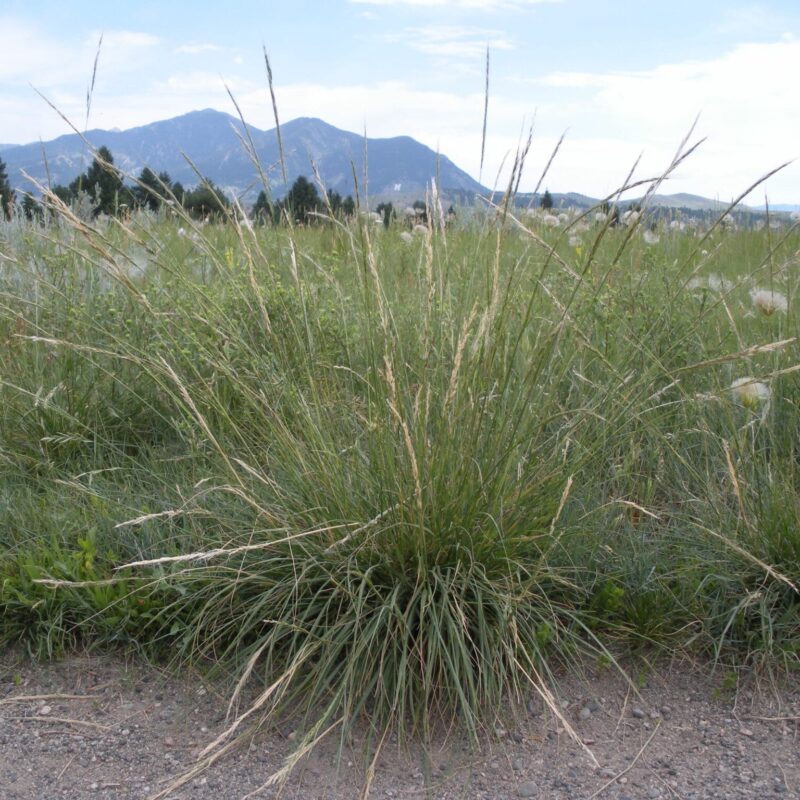
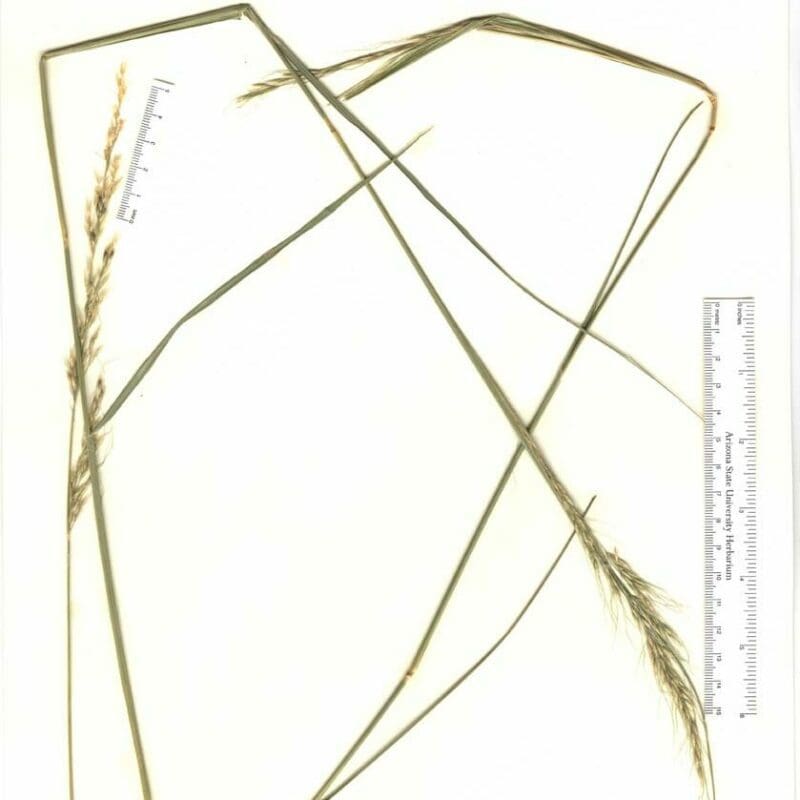
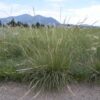
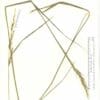
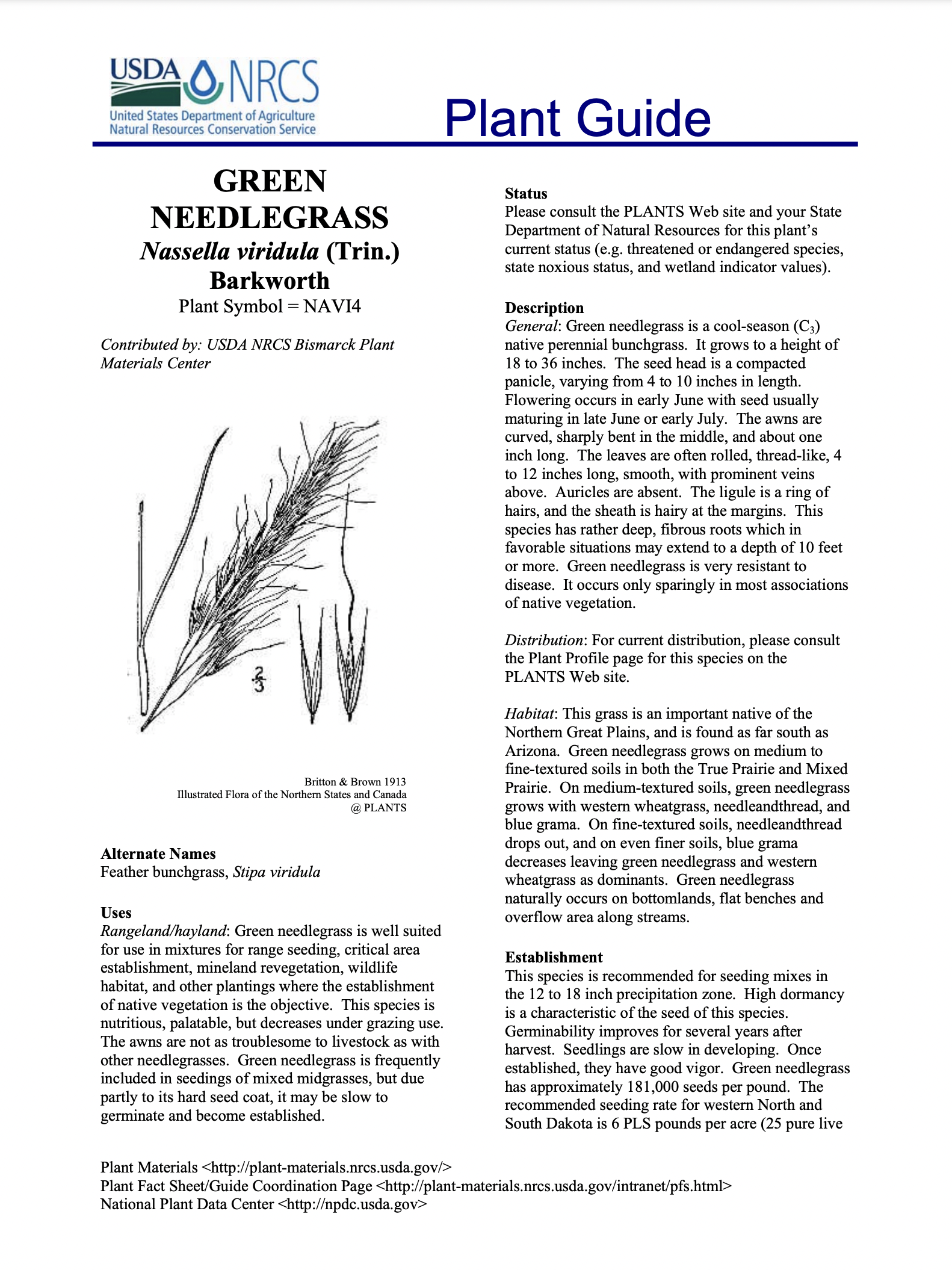


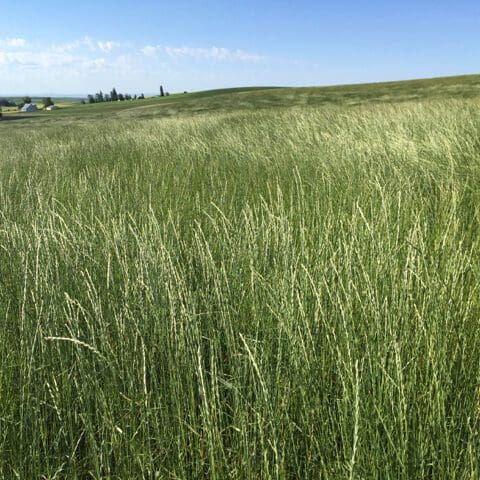
 Annual Sunflower
Annual Sunflower